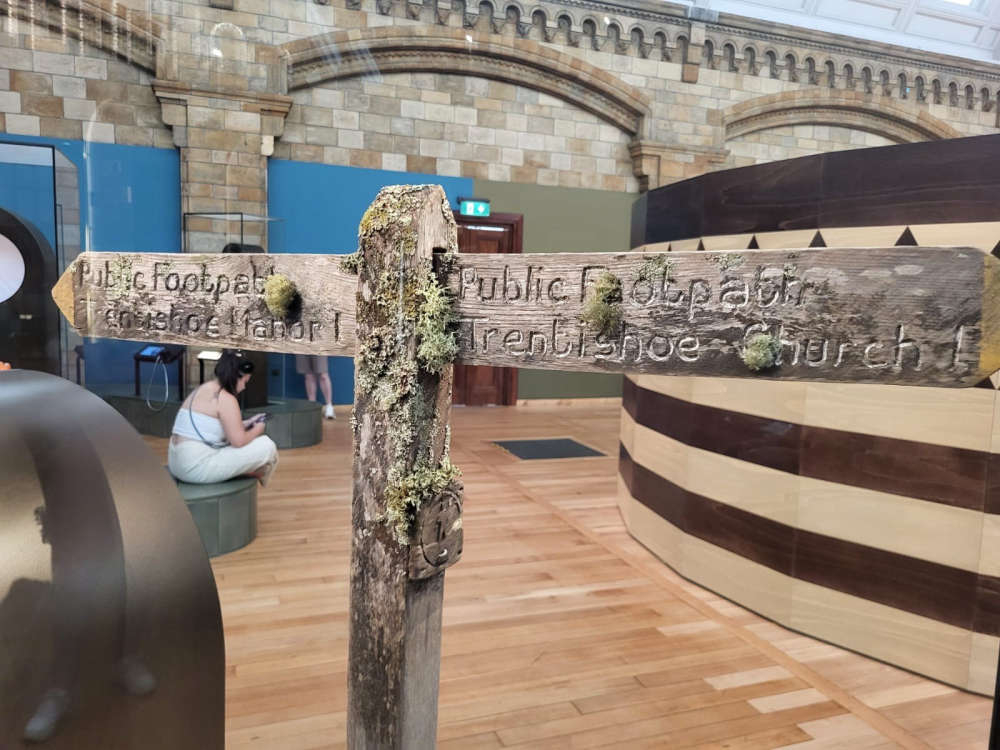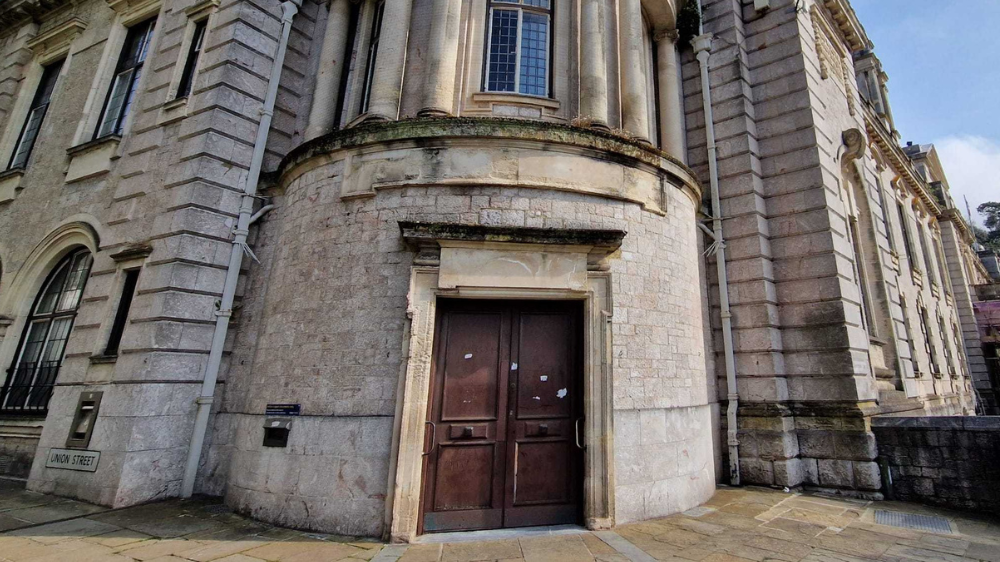
It has lots of wildlife living on it
An Exmoor National Park fingerpost is on display at London's Natural History Museum because being covered in twelve rare lichens.
The post features in an exhibition called ‘Fixing Our Broken Planet’ as a prime example of a man-made item recolonised by nature and of an item recovered from an area with clean air.
The Natural History Museum worked with the national park to select the best exhibit, sending renowned lichen specialist Pat Wolseley to study the species growing on old Exmoor iconic signposts.
The post was originally installed in 2010 near Trentishoe Common
Senior Public Rights of Way & Access Officer Sue Applegate says: “There are currently over 3000 wooden fingerposts on Exmoor and a considerable number of them are home to the many species of lichen to be found in this area.
"We managed to spare one that was reaching the end of its life, so we could share the lichen’s beauty and offer an example of nature-colonised man-made object for visitors to the Natural History Museum in London.
Ranger Charlotte Wray assisted in the recovery of the post, she said: “We are so proud to produce our own fingerposts on Exmoor – they are milled from oak or chestnut, which has grown in Exmoor woodlands and the timber is a byproduct of our own woodland management, such as from fallen wood through storm damage.
"Some of the lichens growing on this fingerpost indicate the high air quality on Exmoor – which is made possible through the lack of pollution and the presence of these highly functioning woodland ecosystems. It’s such a joy to help tell the story of Exmoor, and we look forward to visiting the museum to see how the skilled conservators have gone about preserving these unique specimens.”
 Jobs and investment boom for Plymouth
Jobs and investment boom for Plymouth
 Huge government cash boost for Torquay
Huge government cash boost for Torquay
 Tower criers compete in annual contest
Tower criers compete in annual contest
 Males racially abused in Plymouth
Males racially abused in Plymouth
 'Flag' protestors kept apart in Plymouth
'Flag' protestors kept apart in Plymouth
 South West Water summonsed to court over parasite
South West Water summonsed to court over parasite
